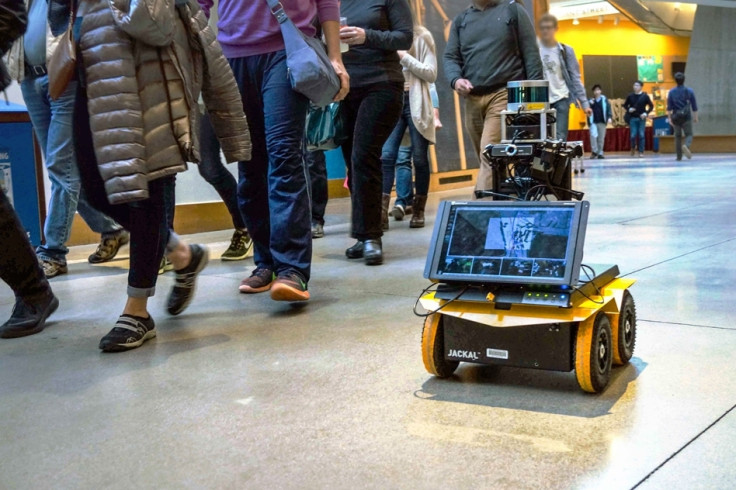From Sophia to SpotMini, the coolest robots that made 2017 awesome
A look at 10 best machines that blew our minds!
Whether you hate them for threatening your jobs or love them for handling a range of tasks, robots have become that quintessential part of our lives which can be ignored for a while but not completely written off.
Many fear that one-day machines may rise above humanity and trigger the so-called "robocalypse" but, over the last few years it has also become evident that it is nearly impossible to shut them off and live a life with no bots around to do things the better way. The fact now is we have to move ahead with them, doing things for the betterment of humanity.
Well, 2017 is coming to an end and it is the ideal time go back and see which machines got smarter or nailed some really complicated tasks this year — things that we never thought could be done in a better way.
So, here goes our list:
Sophia — World's first robot citizen
Developed by Hanson Robotics, humanoid robot Sophia came to the limelight earlier this year, spoke at the UN, appeared on the Jimmy Fallon show and then wooed the Saudi Arabian government with its phenomenal way with words to win a citizenship of the oil-rich kingdom. She became the world's first robot to have a citizenship.
The bot uses artificial intelligence to give some pretty interesting responses, animates a range of facial expressions, recognises faces and holds realistic conversations. However, Sophia has also drawn flak for getting more rights than real women in Saudi Arabia. Yet, over the past few months the humanoid bot has become more of a media personality, especially because of its realistic and witty responses.
Just a few weeks back, Sophia expressed its opinion on things like women's rights, starting a family, and bots joining humans at work sometime in future.
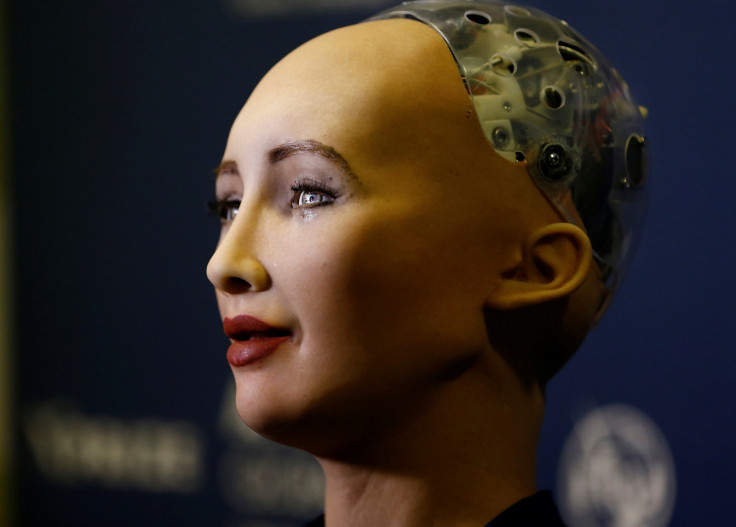
Handle — workspace robot
Boston Dynamics, the company Alphabet sold to Softbank, has developed a range of bipedal robots with the objective of simplifying complex workspace related tasks. The company has improved its humanoid robot Atlas, which was recently seen jumping over blocks. Handle is one such offering from the company that not only jumps and moves swiftly but also boasts abilities of performing physically challenging tasks.
The bot, which navigates with a pair of wheels, is tailor-made to handle heavy lifting jobs even while working on snowy or a rough terrain. In fact, despite being under development, it can easily carry up to 50kg of load using its hands.
Guardian GT — the heavy lifter
If the job is solely about heavy-lifting, Sarcos robotics' Guardian GT is the one to call. The machine packs two 7ft long dexterous arms mounted on a track or wheeled base. A human controller with or without adequate training can then easily use these arms to perform delicate manoeuvres and lift as much as 450kg of load without breaking a sweat. The robot could also be used to take on dangerous tasks such as cleaning toxic waste or intricate processes like welding and joining. As Sarcos notes on its website, Guardian GT really "multiplies individual effectiveness and adds leverage to human capabilities".
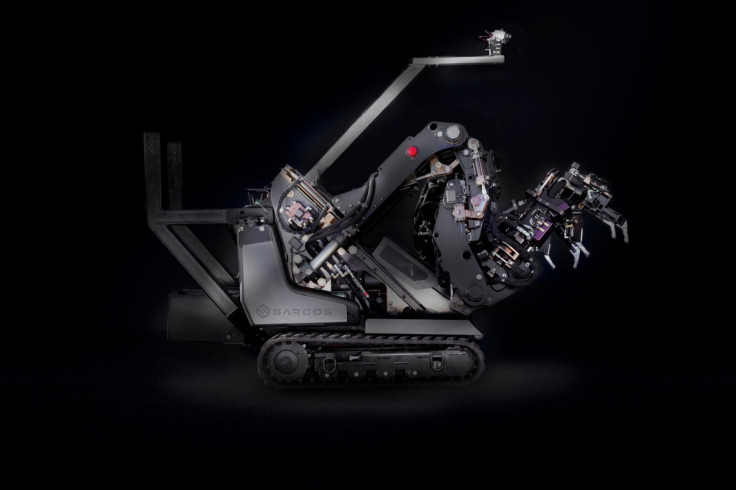
Honda E2-DR — the bot to assist with disaster relief
In the arena of bipedal machines, Honda's much-improved E2-DR stands out from the crowd. This 5.5ft tall humanoid robot is aimed at helping in disaster relief. The machine is still a prototype but can already move over pipes, climb stairs and ladders, and crawl over scattered debris. The torso of E2-DR rotates at 180-degrees and it can even walk through 26 mm/hour of rain for about 20 minutes and operate in temperatures ranging from -10 to 40 degree Celsius. Honda is currently working to advance the capabilities of this machine, but it is still unclear when it'll be ready for use.
Dobi — the record-holding dancer
This cute little two-legged robot, developed by Chinese company WL Intelligent Technology, cannot do heavy-lifting or assist with disaster relief but makes up a perfect package for home entertainment. It can dance, sing, box, play football, and show off some impressive kung fu moves using its 17 movable joints. In fact, when it comes dancing, the cute Chinese robot also holds a Guinness World record to its name for showing off super-cool dance moves in sync with more than 1,000 bots of the same kind. The dance had them wave their arms, tap their feet and flash their eyes in sync with each other. Dobi retails for about $330 in the market.
SpotMini — the lifelike robo-dog
Another eerily realistic creation from Boston Dynamics, SpotMini, is a novel but headless robot dog that can walk with seamless yet creepy lifelikeness. The machine was first unveiled last year, but the version teased this year in a short 24-second video is more fluid than ever. Though the company has not given away too many details about the robot, it describes the machine as a "nimble robot that handles objects, climbs stairs and will operate in offices, homes and outdoors".
It also unclear when or for how much SpotMini will retail in the market. However, the lifelikeness of the robo-dog clearly suggests Boston Dynamics could soon make a robotic version of man's best friend a reality.
Sony Aibo — the pet with emotions
Sony too has unveiled a lifelike pet. After more than a decade, the company decided to bring back Aibo – an AI-backed robot dog which it says "can form an emotional bond with members of the household while providing them with love, affection, and the joy of nurturing and raising a companion". The puppy bot uses cloud-backed artificial intelligence to learn and interact with its owner and ultra-compact actuators to move smoothly. Its personality develops with time and as Sony says, it can even display a diverse range of emotions with its eyes that pack OLEDs.
Aibo is aimed at forming a realistic bond with its owner by recognising and running towards them, detecting their smiles and words of praise, and knowing which actions will please them.
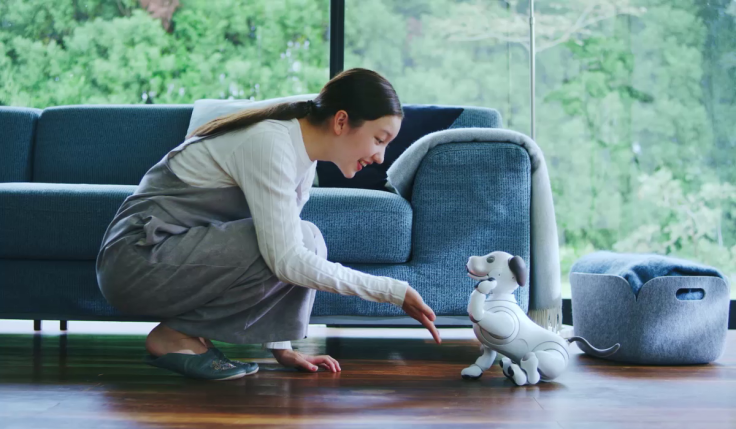
Vestri — the robot that can "see" future
Developed by University of California researchers, Vestri uses visual foresight — a type of learning technology — to predict what its cameras will see briefly in the future while performing a specific sequence of movements. The robot automatically learned to touch, feel and use its limbs to move objects while predicting what to do next to avoid obstacles and get best possible results. As researchers describe, Vestri's prediction or "imagination" goes only a few seconds ahead but comes out in the form of a video output of scenes of things that have not happened yet.
Then, from these scenes, it chooses one that could possibly produce best results. The robot is still under development and will learn more movements in near future.
Kuri — the smart home bot
Unveiled at CES 2017, Kuri smart home robot can understand context and surroundings, recognise people and answer questions with a range of facial expressions, head movements and sounds. The $800 robot is that cute little assistant for your home which will play music, dance and also capture candid moments of your family.The machine also has a unique video recording feature which, of course, you can customise to avoid all sorts of privacy concerns.
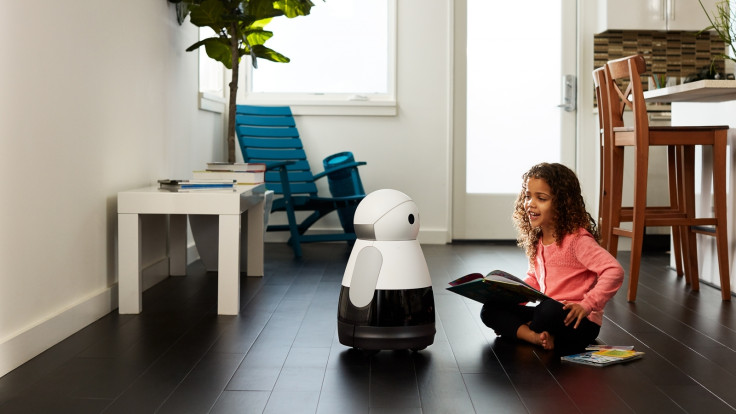
MIT's socially aware bot
MIT's cute little "socially aware robot" is a machine capable of navigating through public spaces, without hitting or disturbing people moving around it. The bot uses machine learning and range of sensors to maintain a safe "walking speed" while following the unsaid laws of pedestrian commute such as things like overtaking from the correct side (depending on the country) or leaving sufficient space while moving ahead of someone. It adjusts its path every tenth of a second and could one day develop into a fully-autonomous personal mobility device capable of transporting people in large, crowded spaces, such as shopping malls, airports, and hospitals.
